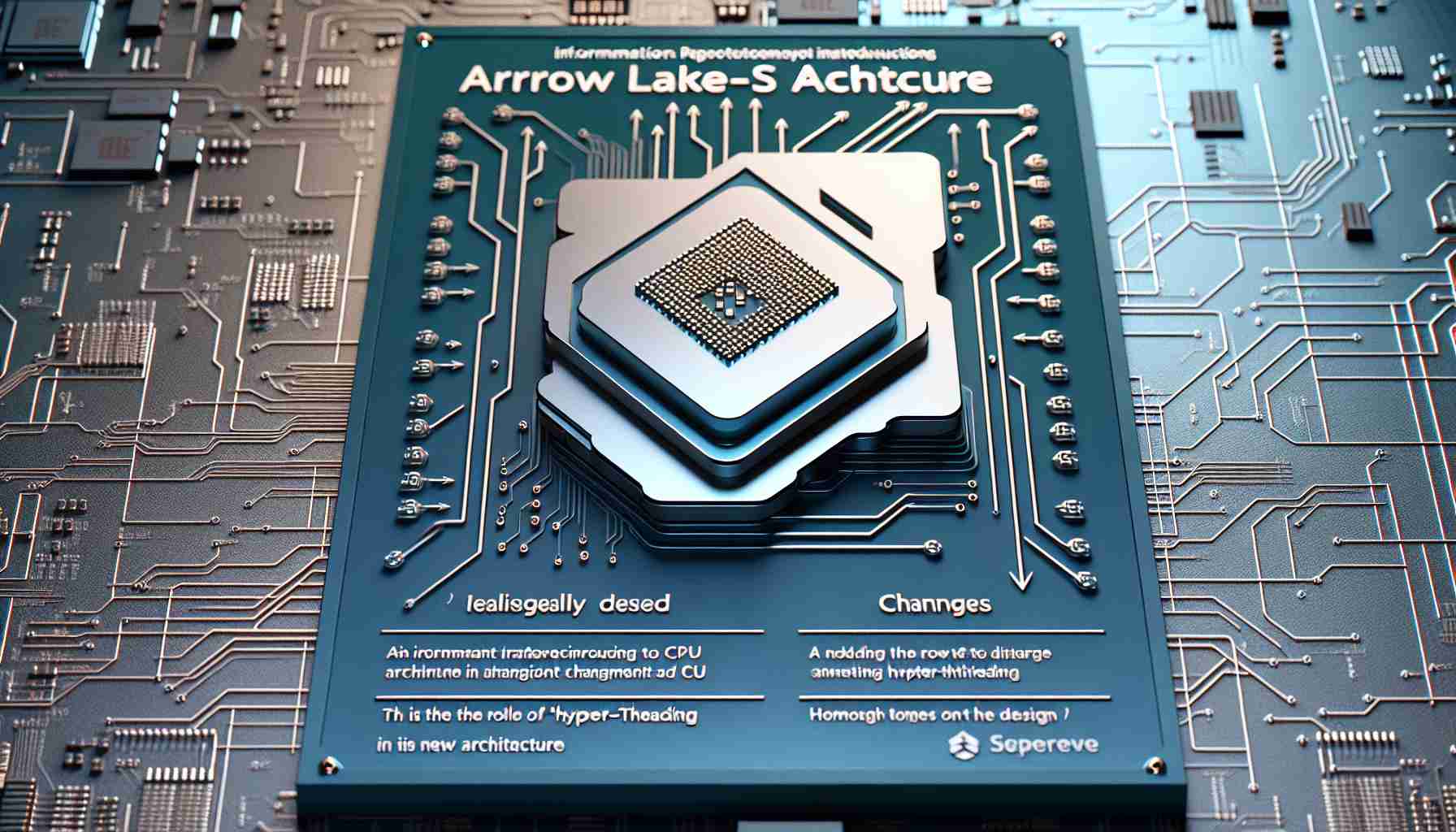Rumors have emerged about Intel’s upcoming Arrow Lake-S processor series, suggesting a change in CPU architecture and a different approach to multithreading. Information found in technical documentation indicates that the desktop processors in the Arrow Lake series will not support Hyper-Threading (HT), which is a departure from previous generations.
The documentation suggests that Arrow Lake will likely feature eight powerful cores without simultaneous multithreading (SMT) capabilities. This change confirms previous speculation regarding the absence of Hyper-Threading in the Arrow Lake series. The lack of HT may affect platform performance in multithreaded applications, particularly when compared to predecessors in the Raptor Lake series. Typically, Hyper-Threading provides a 10-15% increase in performance in thread-intensive tasks by allowing additional logical cores to be utilized. However, the absence of this feature may not have a significant impact on gaming performance and may even improve the frames per second (FPS) in certain games. Nonetheless, Arrow Lake aims to improve gaming performance by 30% through architectural enhancements.
Rumors about Intel abandoning Hyper-Threading in their processors have been circulating for some time now. Intel has considered introducing “Rentable Units” as an alternative, offering similar capabilities within the processor but without access from the operating system. It remains unknown whether Arrow Lake will include these units since Hyper-Threading was initially planned and later removed, according to the information.
The effectiveness of Hyper-Threading has diminished with the advent of multi-core processors, but it still contributes to performance gains in certain benchmarks. In heavily multithreaded tests, HT can offer a 20-30% performance boost. However, in tasks dominated by single threads, such as many Adobe benchmarks, HT may have a minimal or even negative impact and, on average, affects performance within the range of 10-15%.
In the absence of Hyper-Threading, the performance of applications on Arrow Lake may slightly surpass that of its predecessor, Raptor Lake. Despite architectural improvements, the lack of HT may negate potential performance gains. The absence of a suitable alternative, such as “Rentable Units,” could lead to performance stagnation in applications.
Intel is considering introducing “Rentable Units” as an alternative to traditional Hyper-Threading. Following the trend towards hybrid core architectures, this approach involves dividing instruction threads and distributing them among the cores based on complexity. Speculations suggest that Arrow Lake will have 3 MB of L2 cache per core and support DDR5-6400 memory, which will enhance both performance and efficiency.
Questions and Answers about the Intel Arrow Lake-S Processor Series:
The source of the article is from the blog jomfruland.net
